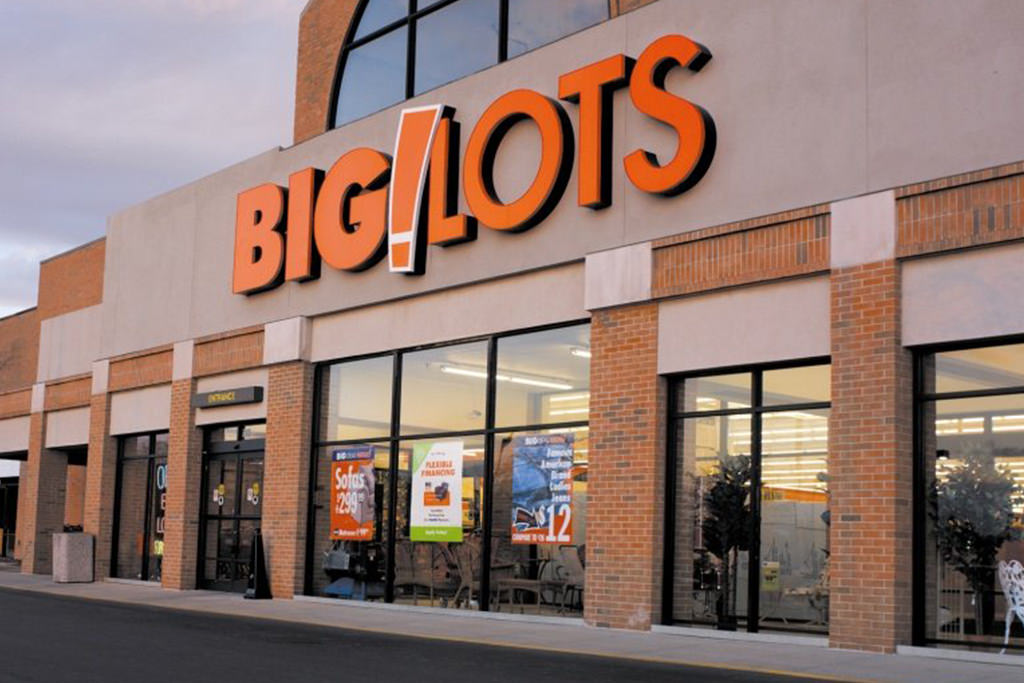
How Discount Stores Have Managed Better Retail Earnings
As the news of yet another shut down of big box retailer, Toys “R” Us, broke last week, disruptionin the brick-and-mortar retail sector appears to be at an all-time high. However, while big shutdowns seem to dominate the news, one retail sector has quietly been on the rise for 5 years: the legendary discount store.
The discount store model
Dollar Tree, Family Dollar, Dollar General, Big Lots. So many monikers and they are everywhere. They make their offering unmistakable: necessities like hydrogen peroxide, ziplock bags, and toothpaste at impossibly low prices. And their simple strategy – economy of scale and low-budget, mid-sized properties – appears to be working.
The YTD return for Discount Stores is up +1.23%. Compare that to Supermarkets, which are down -9.55% YTD. Last week, Dollar General announced plans to open 900 new stores this year on top of remodeling 1,000 others. Investors are pleased with the earnings and shareholders stand to benefit.
Discount stores and real estate
Real Estate, too, stands to benefit. Most discount stores tend to lease 15,000 to 25,000 square foot spaces and attract customers from a 2- to 3-mile radius. Many can operate in even smaller spaces, making them nimbler than their big-box competitors in tight real estate markets.
The convenience of speed (it is easy to get in and out of a discount store quickly) and urban locations allow discount stores to siphon customers from big-box supermarkets (where customers need more time for shopping, from travel time to parking to moving through the store to check-out). Also, in a fluctuating economy where price-conscious millennials hold increasingly more buying power, it appears discount stores are here to stay.
The bottom line
Bottom line, for real estate investors, discount stores promise there will continue to be tenants for mid-sized, urban retail properties. Retail properties in the 10,000 to 25,000 square feet range attract a brick-and-mortar retail industry that is in good health and expected to grow.
If you are ready to make your next real estate investment move, contact us for information on new market opportunities.
